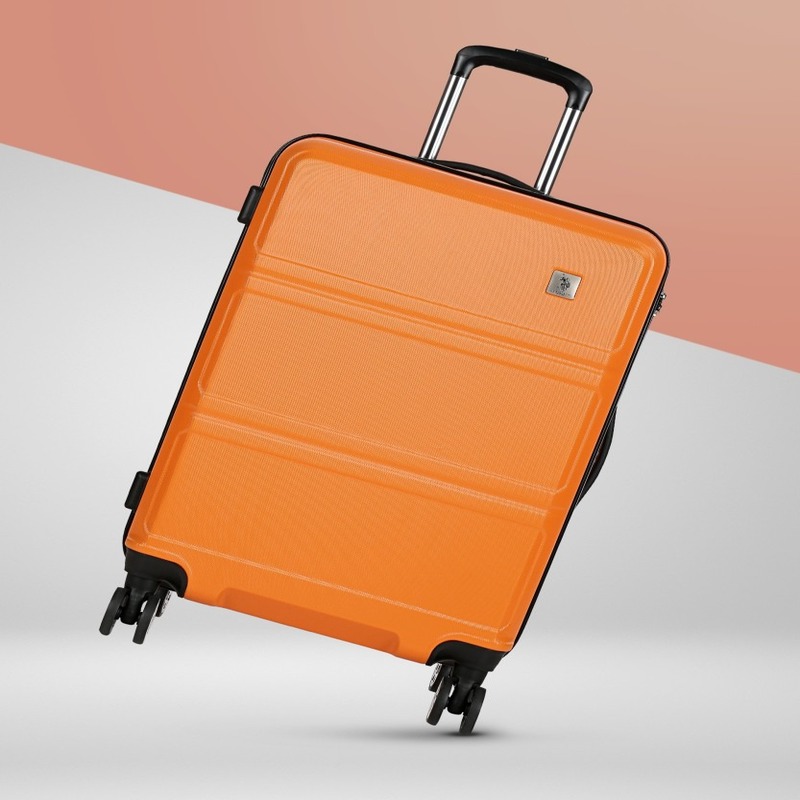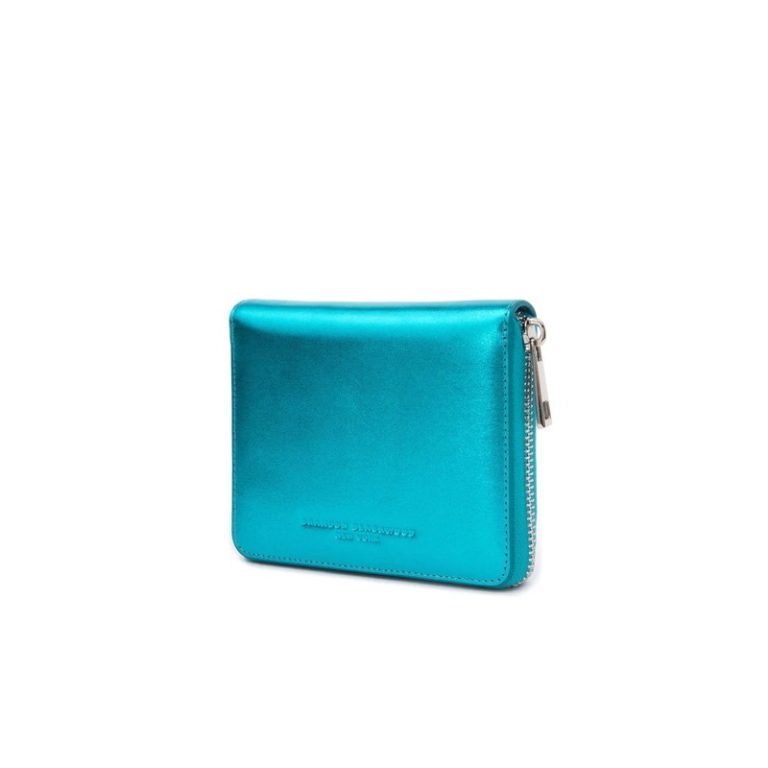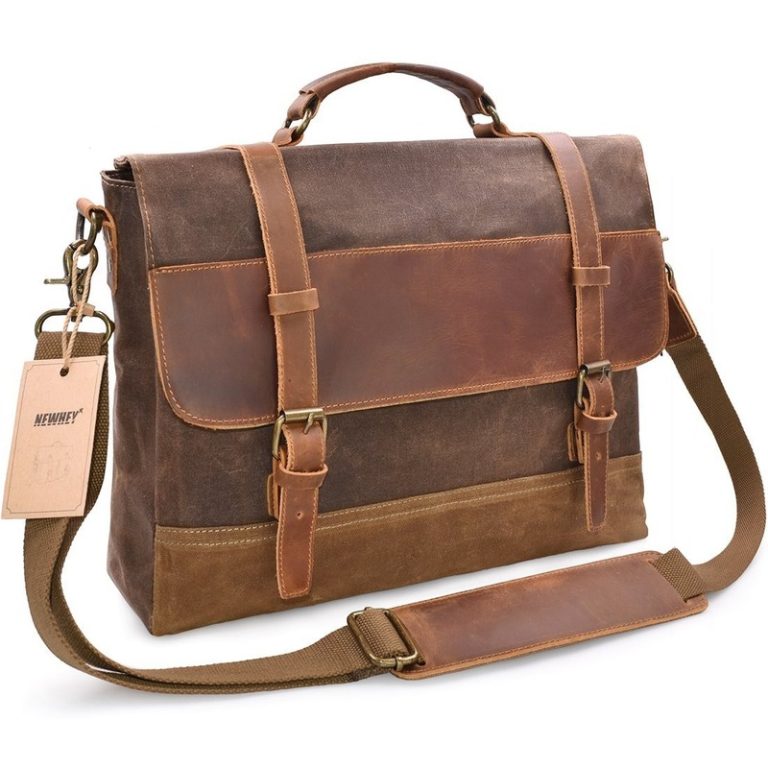What are Linear Inches?
Linear inches suitcase measurement. It is the total sum of a suitcase’s length, width, and height. Airlines use this measure to check bag size. The name comes from a line of inches adding up the dimensions. Think of ‘linear’ as a straight line combining all sides.
Most people picture a suitcase’s size in height or width alone. But for travel, its full dimensions matter. Picture placing a bag on a measuring tape extending around its shape. That’s how airlines view luggage space. Knowing linear inches helps you choose the right suitcase. It ensures your bag meets airline guidelines.
Every inch counts, especially for air travel. A few extra inches may lead to extra fees or even refusal. A familiar suitcase might seem fit for travel. But its linear inches tell the true story. So, check linear inches before buying or packing a suitcase. It can save time, money, and stress at the airport.
Importance of Knowing Your Suitcase Linear Inches
Understanding the linear inches of your suitcase is crucial for several reasons. Here are some key points explaining why it’s important to know the linear measurements of your luggage:
- Avoid Extra Fees: Many airlines enforce strict baggage size limits. Knowing your suitcase’s linear inches can prevent unexpected charges at check-in.
- Ensure Boarding: Surpassing size limits might block your bag from boarding. Measuring linear inches ensures it complies with airline regulations.
- Easy Travel Preparation: Being aware of size restrictions aids in packing. This helps you plan what to bring or leave behind.
- Peace of Mind: Knowing your suitcase fits airline rules brings comfort. You won’t worry about size issues on your travel day.
- Efficient Packing: Grasping the total size helps in effective packing strategies. You can maximize space while staying within limits.
In short, the knowledge of linear inches of your suitcase can shape your travel experience. It can dictate whether you’ll pay more, face delays, or travel worry-free. Always measure your luggage before you fly. It’s a simple step that can make a big difference in your journey.
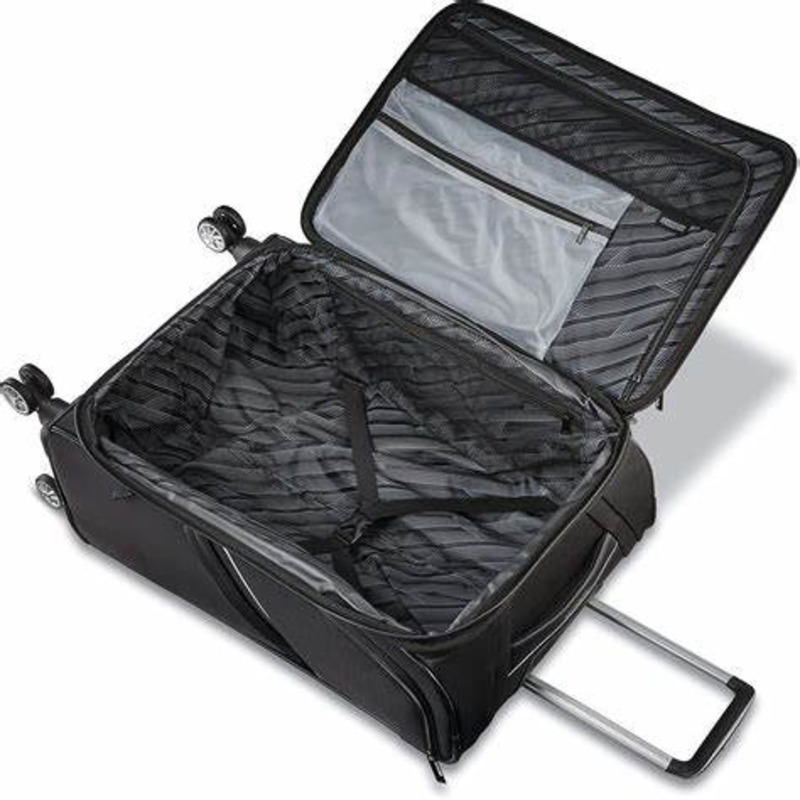
How to Calculate Your Suitcase Size in Linear Inches
Calculating the linear inches of your suitcase is simple. First, measure the length, width, and height of your bag. Use a measuring tape and ensure it’s flat against the suitcase for accuracy. Record the dimensions in inches. Next, add these three numbers together. The sum is your suitcase’s size in linear inches. It’s vital to include handles and wheels in your measurements. They’re part of your bag’s total size according to airline rules. Now you have the linear inches for your luggage.
Here is a step-by-step guide:
- Measure the Length: Place the tape from one end to the other at the longest point.
- Measure the Width: Then measure side to side at the widest point.
- Measure the Height: Finish by measuring from the bottom to the top, including wheels and handles.
- Add Them Up: Combine the length, width, and height to get the total linear inches.
Remember to measure when your suitcase is full. This will give a true reading of its size when packed. A soft case might bulge, so fill it as it would be for a trip. Hard cases keep their shape, but always check every dimension. A few minutes measuring can save you stress and fees at the airport.
Standard Luggage Size Restrictions by Airlines
Airlines have set luggage size limits for carry-on and checked bags. These limits vary by airline. It’s important to check with your airline before flying. This way, you avoid any issues at the airport.
Most airlines allow carry-on bags up to 45 linear inches. This usually means bags should not be over 22 x 14 x 9 inches. This size fits in overhead bins or under the seat. For checked bags, the standard limit is 62 linear inches. Oversize bags may incur extra fees.
Here are some points to keep in mind regarding airline luggage restrictions:
- Check Airline Policies: Each airline has its own set of rules. Look these up online before your trip.
- International vs. Domestic: Limits may change for international flights. They are often stricter.
- Premium Classes: First and business class might allow larger bags.
- Frequent Flyer Benefit: Some airlines offer more leeway to loyal customers.
By understanding airline restrictions, you can choose a suitcase that avoids extra fees. You’ll also handle your trip with ease, knowing you meet airline requirements. Always double-check size limits as airlines can update their policies.
Tips for Maximizing Space While Staying Within Linear Inches Limit
Packing smart is crucial for travel. Here’s how to make the most of your suitcase space while sticking to linear inches limits:
- Roll Your Clothes: Rolling instead of folding can save space. It also reduces wrinkles, making it a favorite among savvy travelers.
- Use Packing Cubes: These help organize and compress items. Packing cubes enable you to fit more into your suitcase without overstuffing.
- Wear Bulky Items: Instead of packing, wear your heavy coat or boots. It can free up significant space in your luggage.
- Limit Shoes: Shoes take up a lot of room. Bring only what’s necessary, and use the space inside them for small items.
- Fill Dead Space: Place socks and underwear inside of hollow items. Look for gaps between clothes to tuck in extras.
- Choose Multi-Purpose Clothing: Apparel that works for various scenarios means you can pack less. Items like convertible pants or reversible jackets are versatile.
- Utilize the Outer Pockets: Store items you’ll need quick access to. It also balances weight and frees up space inside.
- Vacuum Pack: If you’re tight on space, vacuum packing can compress clothing. Just ensure it doesn’t make your bag too heavy.
Keep in mind these tips when preparing for a trip. They can help you maximize your suitcase space. This way, you can dodge extra fees and maintain peace of mind. Checking suitcase dimensions and knowing the limits make a seamless airport experience. Ensure you do this before heading out, and enjoy your travels without worry.
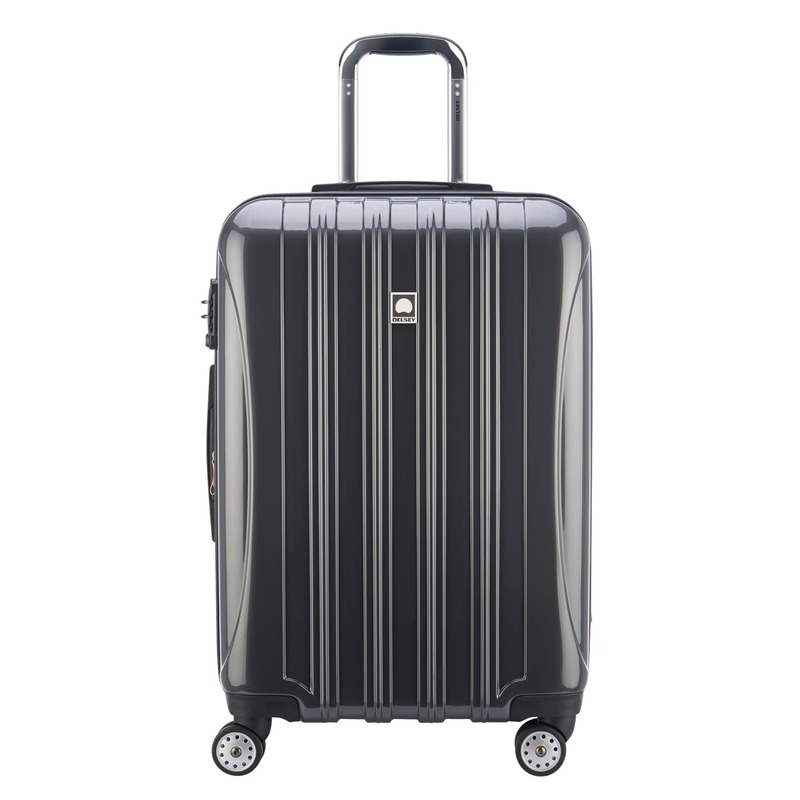
The Best Suitcases for Different Types of Travelers
Choosing the right suitcase is essential for your travel needs. Different types of travelers require different features. Here are some suggestions for selecting the best suitcase based on traveler type:
- For Business Travelers: Opt for a suitcase with a sleek design that fits overhead bins easily. It should have compartments for business attire and electronics. A suitcase with wheels and a telescopic handle makes navigation through airports a breeze.
- For Adventure Seekers: Look for durable, waterproof luggage that can withstand rough handling. Backpacks with padded straps or wheeled duffel bags offer ease of movement and storage flexibility.
- For Family Trips: A large suitcase with multiple pockets and expandable space works well. It should be sturdy enough to handle the extra packing of children’s items. Spinner wheels can help manage the weight better.
- For Light Packers: Consider a carry-on that meets the size restrictions of most airlines. A hard-sided case might be best to protect items. It can also prevent over-packing beyond the linear inches limit.
- For Long-term Travelers: A suitcase that offers a combination of space and organization is key. Look for features like laundry compartments and straps to keep items in place.
- For Luxury Travelers: High-end suitcases with premium materials and unique designs stand out. They often come with added services like warranty or repair.
Remember, each traveler’s needs will vary. It’s best to prioritize luggage that balances space, durability, and organization. Always measure your suitcase in linear inches to ensure it fits airline requirements. This will help save on fees and ensure a smooth journey.
How to Choose a Suitcase That Fits Personal and Airline Requirements
Choosing the right suitcase means balancing your needs with airline regulations. Here’s how to select luggage that works for both:
- Assess Your Travel Needs: Think about your trip’s duration and purpose. Short trips need less, longer trips need more.
- Consider Suitcase Features: Look for features that aid travel. Wheels, handles, and pockets add convenience and order.
- Check Airline Requirements: Before buying luggage, know the size limits. Most airlines allow 45 linear inches for carry-on and 62 for checked bags.
- Opt for Expandable Luggage: An expandable suitcase gives extra space. This helps if you buy items on your trip.
- Inspect the Quality: High-quality luggage withstands travel strains better. It’s wise to invest in durable bags.
- Measure Your Bag: Use a tape measure to scope your suitcase’s size. Don’t forget to include wheels and handles.
- Do a Trial Pack: Test if your essentials fit without overstuffing. This ensures your bag meets both linear inches and weight restrictions.
- Keep Weight in Mind: Even if your suitcase is within the linear inches limit, it could be overweight. Verify weight limits to avoid extra fees.
To conclude, the ideal suitcase is one that fits all your items and falls within the airline’s size and weight restrictions. Choose wisely and measure twice to ensure hassle-free travel.
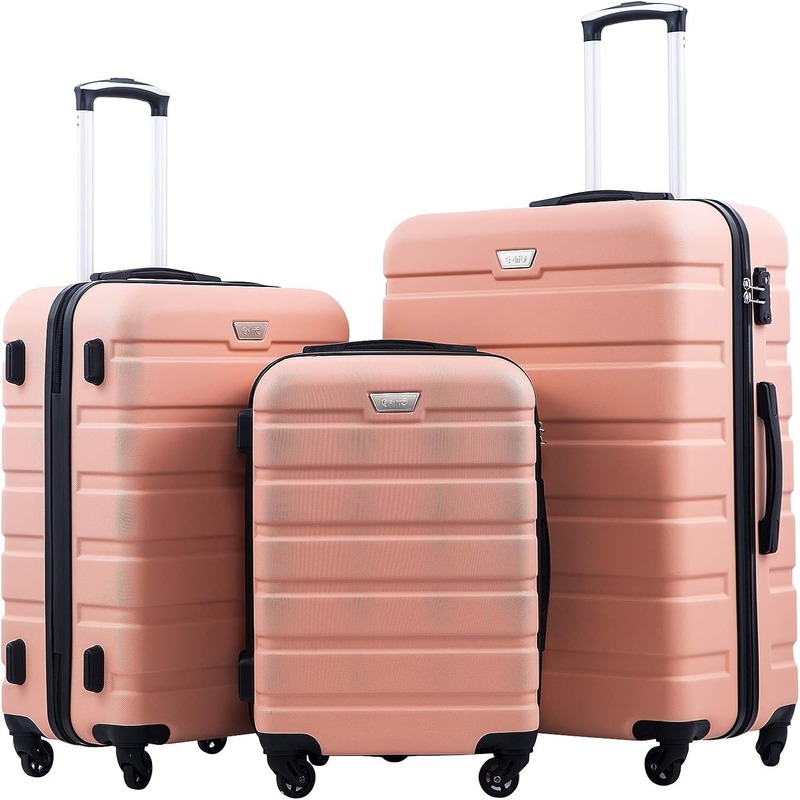
Additional Considerations for International Travel
When planning for international travel, considering the linear inches of your suitcase is key, but that’s not all. Different countries may have unique rules that can impact your luggage choices. Here are essential points to keep in mind:
- Research Destination Rules: Some countries have specific luggage rules. It’s crucial to look these up before you travel.
- Size and Weight Limits: International airlines often have stricter limits. Pack within these to avoid trouble at check-in.
- Cultural Considerations: The type of luggage can matter in some destinations. Choose a suitcase that suits the local terrain and customs.
- Security Measures: Tougher security at some airports means a sturdy, lockable case is advisable.
- Connecting Flights: If you’re transferring, know the luggage policies for all airlines involved. This avoids confusion and fees.
- Labeling: Clearly label your bag with your name and contact information. This helps if it gets lost during international transfers.
Always double-check the airline’s and destination’s baggage policies when you book your ticket. Stay informed about any potential changes as your travel date approaches. By doing so, you’ll ensure a smooth and hassle-free experience as you cross borders. Remember, a well-chosen suitcase is a traveler’s best companion, no matter where your journey takes you.
